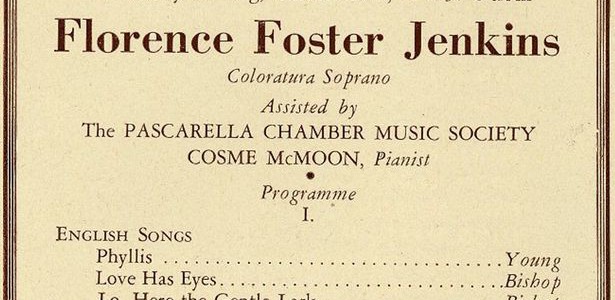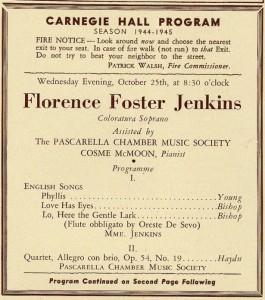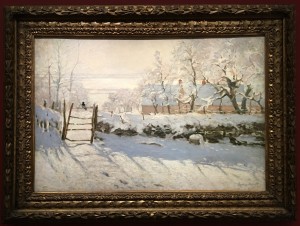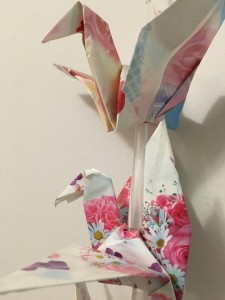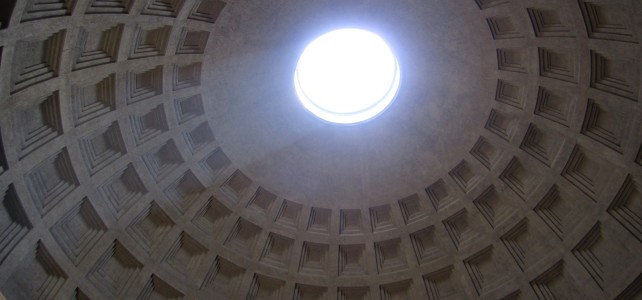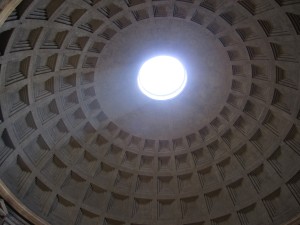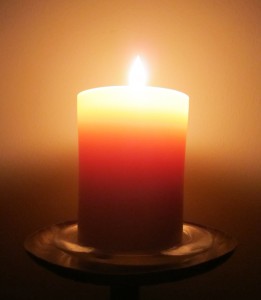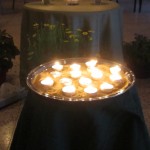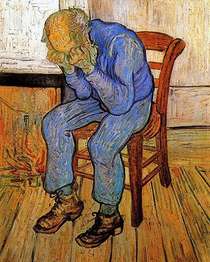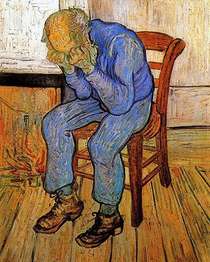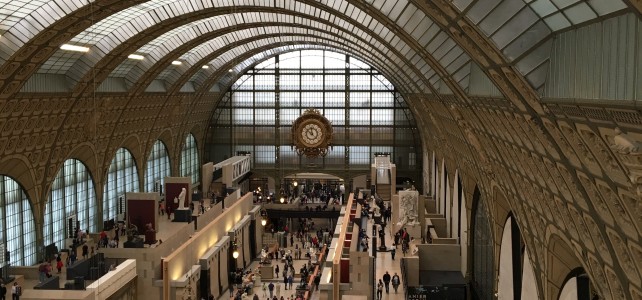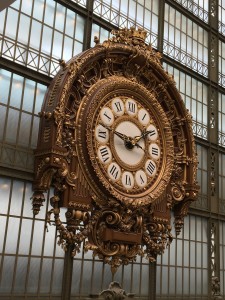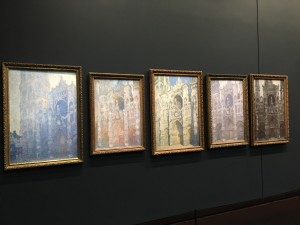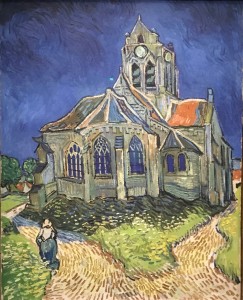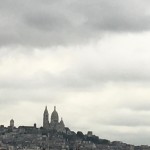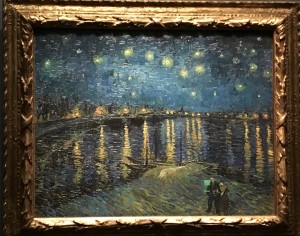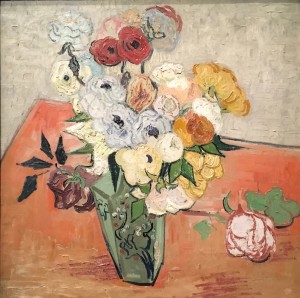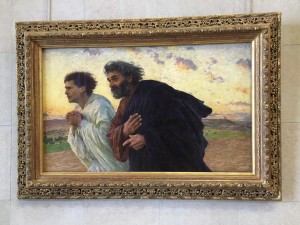
The Disciples Peter and John Running to the Sepulchre on the Morning of the Resurrection by Eugène Burnand 1898
Oil on canvass
Musée d’Orsay
Last spring, while walking down a narrow gallery in the Musée d’Orsay, I looked into a larger room and saw a painting of two men running through the countryside on an early morning. Their dress and faces left no doubt—Peter and John were running to see if Mary of Magdala was right.
Different gospels tell the story in different ways. In John’s gospel, Mary arrived at the tomb alone in the early morning, saw the stone rolled back, and ran to tell Peter and the others that someone had taken the body. Peter and John ran to see for themselves. John, the author tells us, looked inside, saw the burial cloths, and believed. After Peter and John returned home, Mary remained, and saw two angels who asked her why she was weeping. She answered, turned and saw Jesus, thinking he was a gardener. Only when he spoke her name did she recognize him.
Luke’s gospel tells of the women of Galilee who had followed when Jesus was laid in the tomb and who returned the day after the sabbath, carrying spices and oils they had prepared. They entered the empty tomb and were puzzling over it when two men “in dazzling garments” appeared and told them that Jesus had been raised, as he had said he would be. The women ran to tell the others who thought they were talking nonsense. Only Peter returned to the tomb in this telling and went home amazed. Then comes the story of Jesus appearing to travelers on the road to Emmaus.
Mark’s gospel has two endings. In the shorter one, three women, including Mary Magdalene and Mary the mother of James (both mentioned in Luke’s story) carried spices to anoint the body. They found the stone rolled back and the tomb empty. A young man clothed in white told them that Jesus had been raised and instructed them to go tell the others. But the women, were afraid and told no one.
The longer ending includes Jesus’ early morning appearance to Mary Magdalene who then told the others who were “mourning and weeping.” The didn’t believe her. Next, Jesus appeared to two disciples walking along a country road. They also told the others, who didn’t believe them either.
Matthew’s gospel is similar. The two Mary’s went to the tomb. While they were there, the earth shook, and an angel appeared, rolled back the stone and sat on it. The guards “…became like dead men.” The angel spoke to the women, told them not to be afraid, and invited them in to see where Jesus, now raised from the dead, had been laid. This time, the women were both fearful and overjoyed as they hurried to tell the others. They saw Jesus on their way, and he reassured them: “Do not be afraid,” and instructed them to go tell the others. There is no mention of how the women and their message was received.
Interesting. It was women who went to the tomb. It was women to whom Jesus first appeared and instructed to go tell the others. And, in two of the gospels that report reactions, the women were not believed. In Mark’s, neither were the travelers.
Why not? Was it just that those hearing the women’s story had a low estimation of women’s ability to be sensible in times of stress? Thought they were hysterical, seeing things, or hearing voices? Maybe. Why not believe the disciples who encountered Jesus while they were walking, trying to comprehend the events of the past two days? We’re not told who they were, if they were men, women, or a couple. Simply disciples.
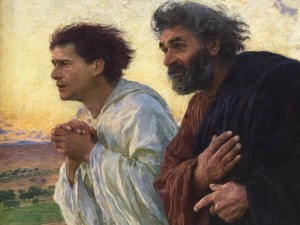
Detail of Eugène Burnand’s painting
Looking at the exquisitely painted faces of Peter and John in Burnand’s painting, I try to put myself in their situation. If the one I had come to love, trust, and believe was going to save me and my people from the oppressive Romans, or as unimaginable as it seemed, was God’s own face in the world, if he had been executed by the occupying powers, I would be overwhelmed with emotions: grief, anger, hopelessness, confusion.
And then, Mary comes with a story that’s too good to be true. Words that stir the ashes of despair and let hope flicker again. I don’t want to believe only to be disappointed all over again. I know what’s it’s like to be vulnerable and to be hurt. And to allow myself to become vulnerable and hurt again.
Still, there is hope, and so I run to see for myself.
Gazing at the faces in the painting, I wonder, “What were they thinking? What did they fear? What did they hope?”
And today, as I celebrate Easter, believing what many still consider nonsense, I ask myself the same things: What am I thinking? What do I fear? What do I hope?
©2017 Mary van Balen
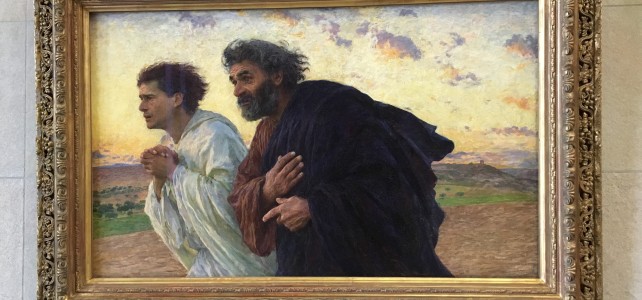
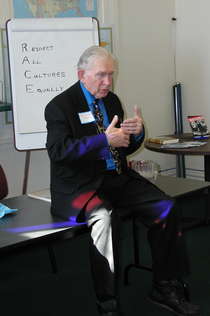
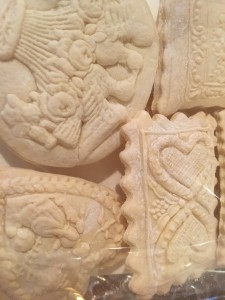
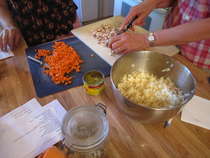
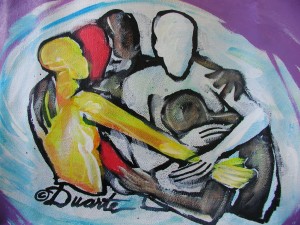
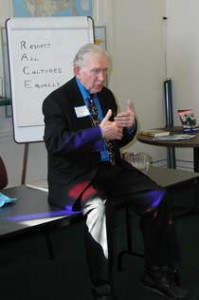
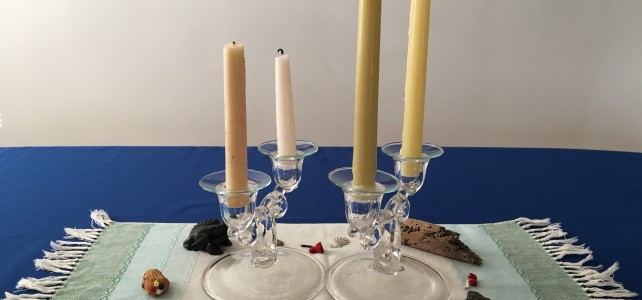
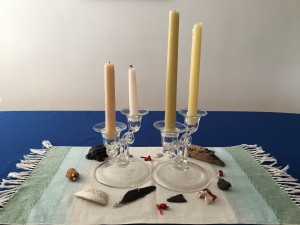
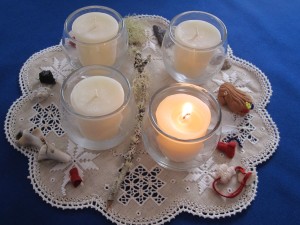
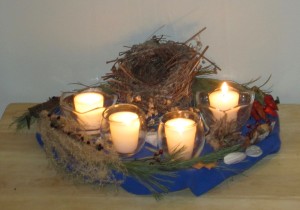
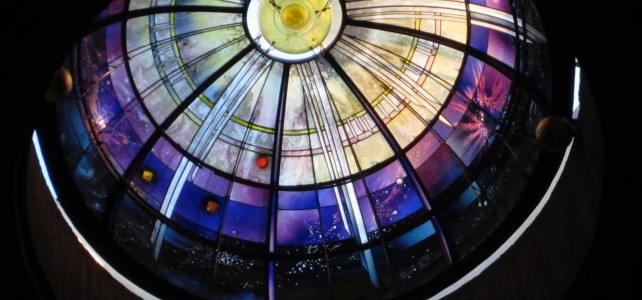
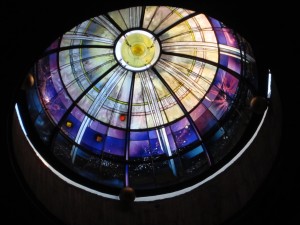 Originally published in The Catholic Times, November 12, 2016 issue
Originally published in The Catholic Times, November 12, 2016 issue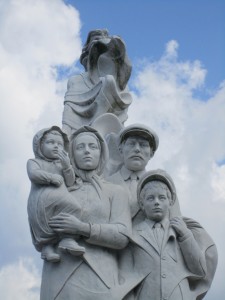
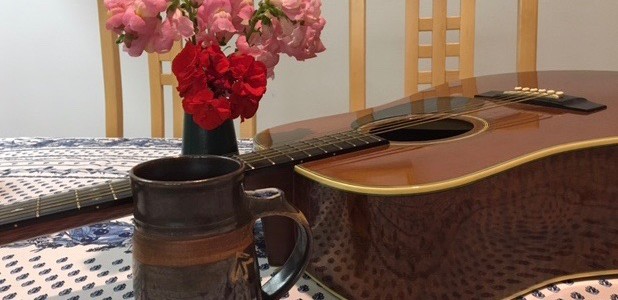
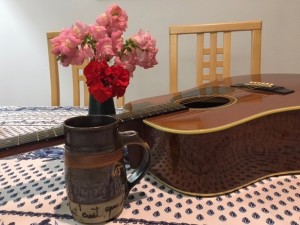 Originally published in The Catholic Times, October 16, 2016
Originally published in The Catholic Times, October 16, 2016